pH buffered Reconstitution Solution
$5.00
pH Buffered Reconstitution Solution: The Key to Accurate Peptide Stability and Research Success
In the world of peptide research, even the smallest detail can determine the outcome of an experiment. One critical factor that many researchers often overlook is the choice of reconstitution solution. A pH buffered reconstitution solution is not just another solvent—it’s the cornerstone of peptide stability, consistency, and accuracy in laboratory applications. If you’ve ever struggled with peptide degradation, inconsistent results, or failed experiments, the problem may not be the peptide itself but the solution used to reconstitute it.
This article explores the importance of pH buffered reconstitution solutions, their benefits, common mistakes to avoid, and why they are a must-have in advanced peptide research.
Why pH Matters in Peptide Reconstitution
Peptides are highly sensitive molecules. Their structure and activity can be easily altered by environmental factors such as temperature, light, and most importantly, pH levels. When peptides are dissolved in an unbuffered solution, fluctuations in acidity or alkalinity can:
-
Cause degradation of the peptide chain.
-
Reduce bioactivity, leading to poor research outcomes.
-
Create inconsistencies between experiments.
A pH buffered reconstitution solution maintains a stable environment that aligns with the peptide’s ideal pH range. This ensures that your sample remains intact, reproducible, and reliable for extended periods of study.
Benefits of pH Buffered Reconstitution Solution
-
Enhanced Peptide Stability
By maintaining a constant pH level, buffered solutions prevent unwanted chemical reactions that could alter peptide composition. This allows researchers to store and use peptides over a longer duration without significant degradation. -
Accurate and Reproducible Results
Inconsistent pH levels can yield varied results from one experiment to another. With a buffered solution, you eliminate pH as a variable, ensuring more precise and repeatable outcomes. -
Prevention of Precipitation
Some peptides tend to precipitate when dissolved in unstable solutions. Buffered reconstitution reduces the risk of precipitation, ensuring complete solubility and uniform concentration. -
Compatibility with Sensitive Peptides
Certain peptides are especially prone to denaturation under acidic or alkaline conditions. Buffered solutions are carefully formulated to match the peptide’s pH requirements, keeping them functional and ready for research applications. -
Reduced Risk of Failed Experiments
Every failed experiment costs time, resources, and money. Using a pH buffered reconstitution solution minimizes one of the most common causes of peptide failure, saving researchers frustration and improving efficiency.
Common Mistakes Researchers Make Without pH Buffered Solutions
-
Using plain sterile water: While convenient, it does not protect peptides from pH fluctuations.
-
Improper mixing: Failing to gently swirl instead of vigorously shaking can damage peptide structures.
-
Overlooking storage conditions: Even with a buffered solution, peptides must be stored correctly (often frozen or refrigerated).
-
Reusing solutions: Once reconstituted, peptides should be aliquoted to avoid repeated freeze-thaw cycles.
By understanding these pitfalls, researchers can make informed decisions and maximize the lifespan and reliability of their peptides
Be the first to review “pH buffered Reconstitution Solution” Cancel reply
Related products
Uncategorized
Uncategorized
Uncategorized
Uncategorized
Uncategorized
Uncategorized
Uncategorized
Uncategorized


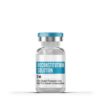

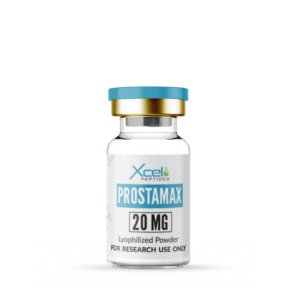
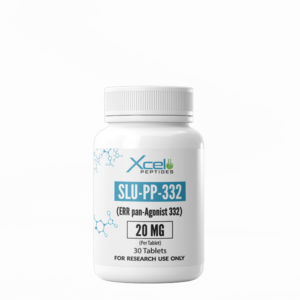
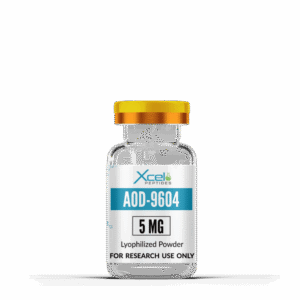
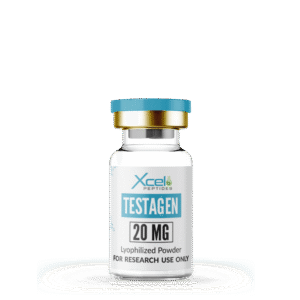
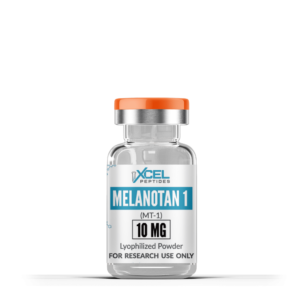

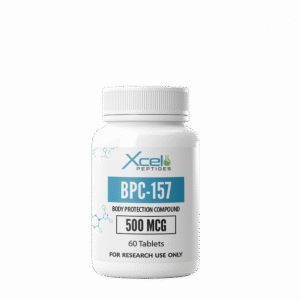
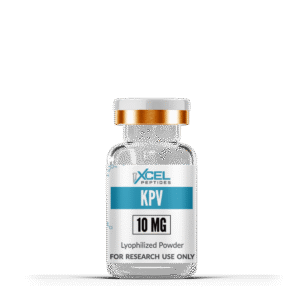
Reviews
There are no reviews yet.